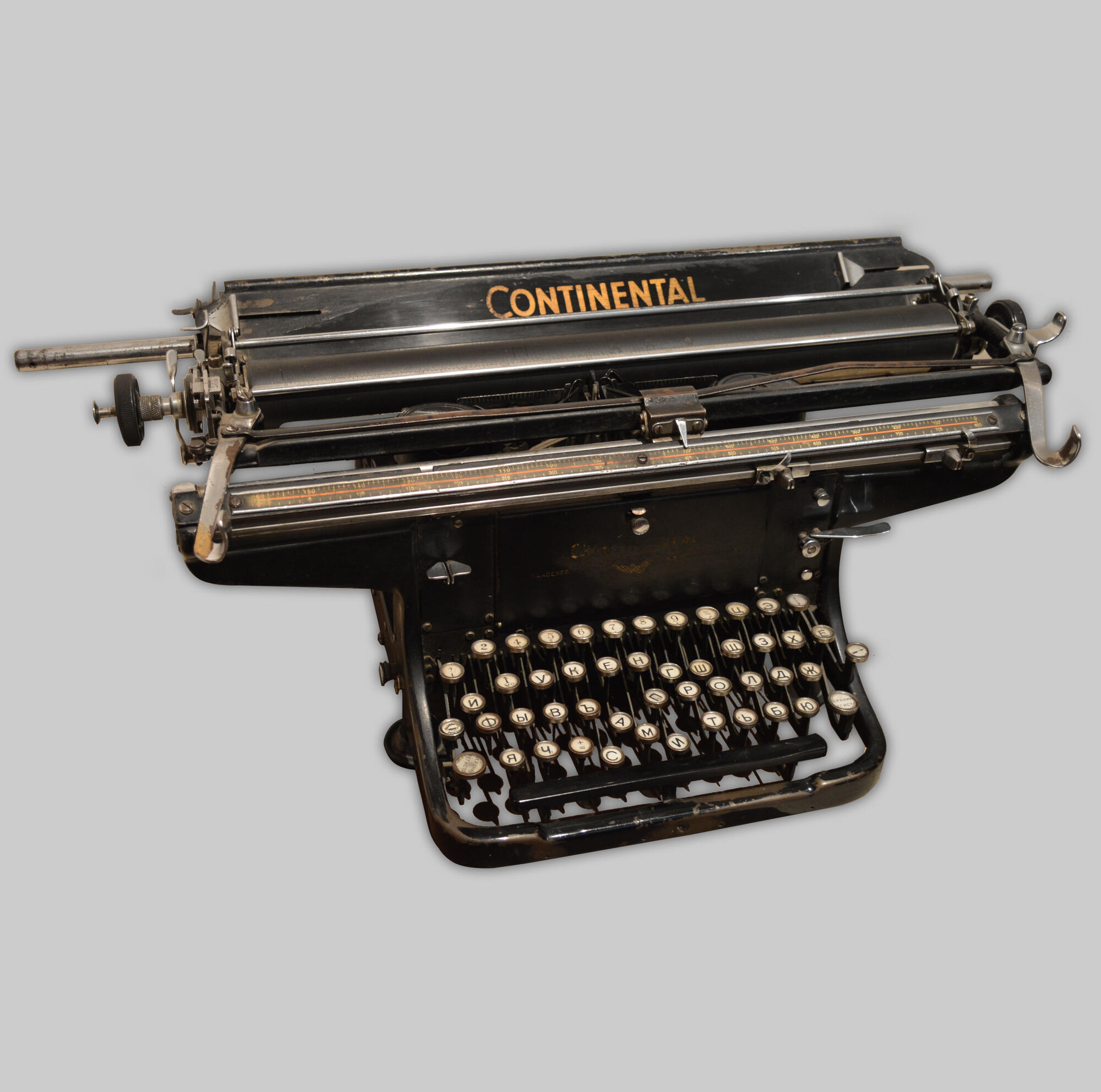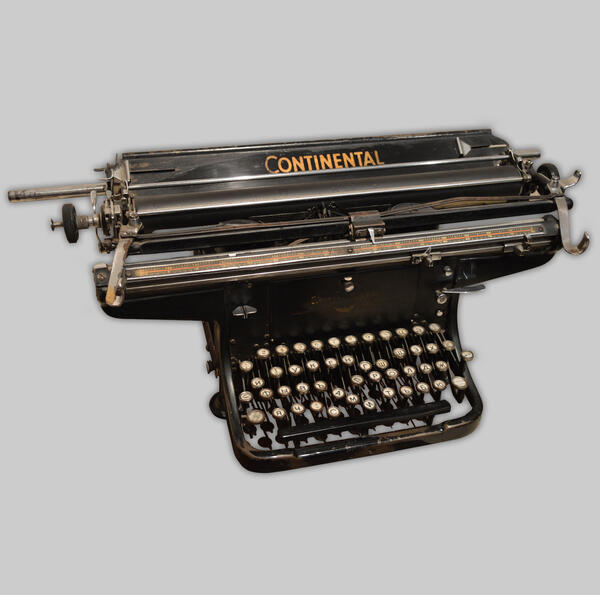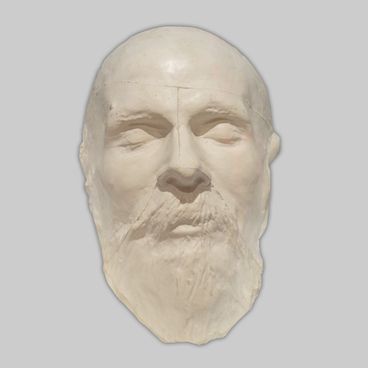The exhibition includes a ‘CONTINENTAL’ typewriter. Such typewriters were produced at the German enterprise Wanderer Werke AG founded in the Saxon city of ChEmnitz /’hemnits/ in 1885. The company began producing Continental typewriters in 1903. In 1904, they hit the market under the name Continental Standard. The same year the device was patented. Before the production of typewriters, the plant itself was engaged in the sale, repair, and, then, production of bicycles, motorcycles, and, later, automobiles.
Models with the Russian layout were produced for the Russian market exclusively. Later, Wanderer began producing portable typewriters under the same Continental brand. In 1934, the Wanderer Werke plant launch the production of the so-called “silent” stationery typewriter Continental Silenta. This model resembled the well-known, at the time, American typewriter Remington Noiseless but it had much simpler mechanism thus being more reliable.
Continental typewriters manufactured before 1942 are considered to be among the best in the world in terms of quality, ergonomics and design. In 1942, the production of typewriters at the Wanderer Werke plant was significantly reduced, the plant switched to the production of goods for military needs, and a part of the technological equipment designed for the production of portable models was transferred to Belgium. The quality of the typewriters made there was significantly inferior to the “Chemnitz” standards, due to a shortage of steel among other things. At the end of World War Two, the city of Chemnitz was bombed by British-American air forces. Wanderer Werke’s production was severely damaged. Almost all the equipment was moved to the USSR as war reparations.
The quality of typewriters produced under the Continental brand after the war was much poorer. To this day, nothing is known of the equipment that was sent to the USSR. What is known is that, after the war, on the enormous premises of the former Wanderer Werke enterprise, small products for public consumption were produced: lighters, curlers, potato peelers and so on. However, by the end of 1945, the production of milling machines and typewriters, using the remains of equipment, was restored.
Models with the Russian layout were produced for the Russian market exclusively. Later, Wanderer began producing portable typewriters under the same Continental brand. In 1934, the Wanderer Werke plant launch the production of the so-called “silent” stationery typewriter Continental Silenta. This model resembled the well-known, at the time, American typewriter Remington Noiseless but it had much simpler mechanism thus being more reliable.
Continental typewriters manufactured before 1942 are considered to be among the best in the world in terms of quality, ergonomics and design. In 1942, the production of typewriters at the Wanderer Werke plant was significantly reduced, the plant switched to the production of goods for military needs, and a part of the technological equipment designed for the production of portable models was transferred to Belgium. The quality of the typewriters made there was significantly inferior to the “Chemnitz” standards, due to a shortage of steel among other things. At the end of World War Two, the city of Chemnitz was bombed by British-American air forces. Wanderer Werke’s production was severely damaged. Almost all the equipment was moved to the USSR as war reparations.
The quality of typewriters produced under the Continental brand after the war was much poorer. To this day, nothing is known of the equipment that was sent to the USSR. What is known is that, after the war, on the enormous premises of the former Wanderer Werke enterprise, small products for public consumption were produced: lighters, curlers, potato peelers and so on. However, by the end of 1945, the production of milling machines and typewriters, using the remains of equipment, was restored.



